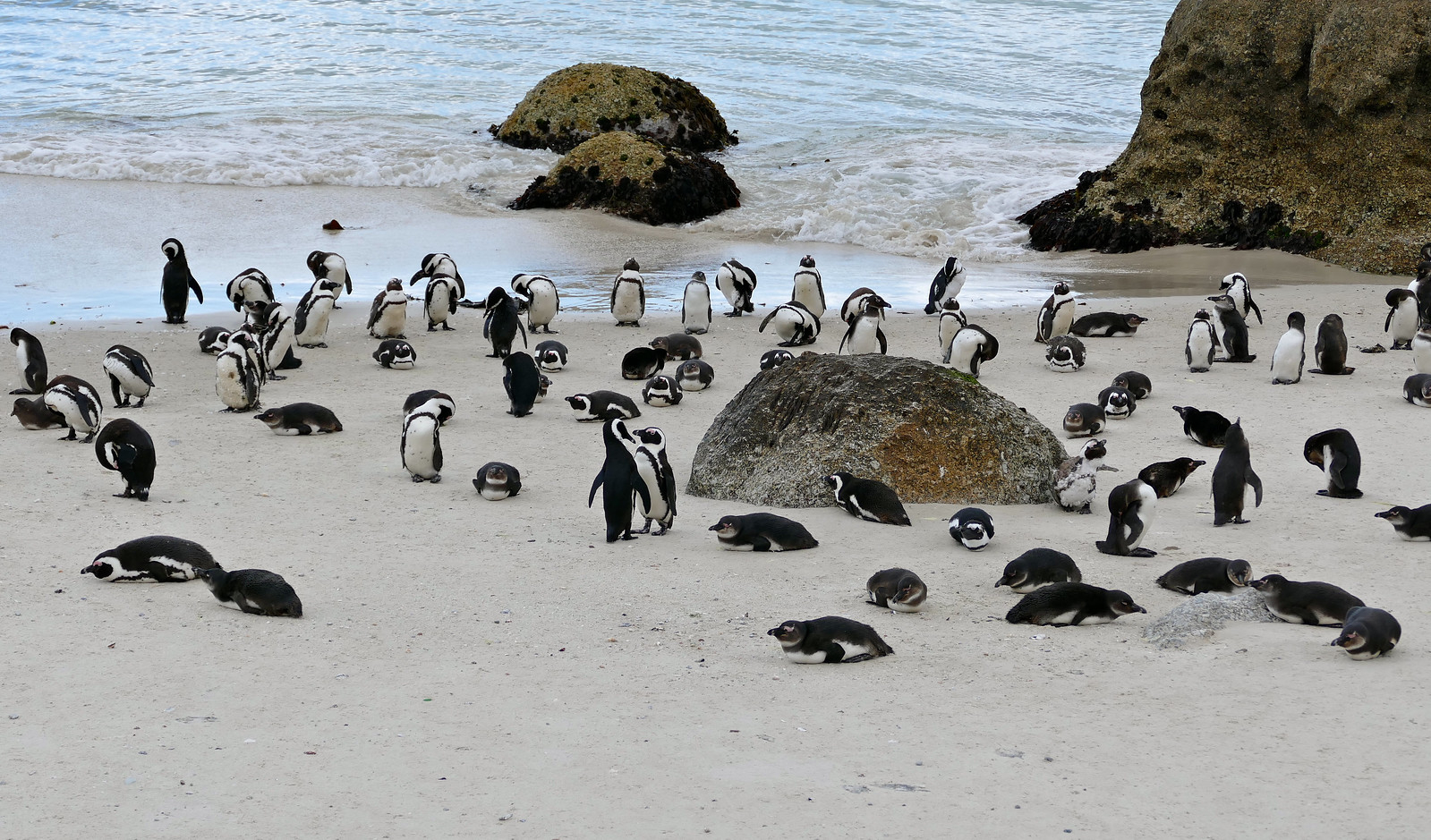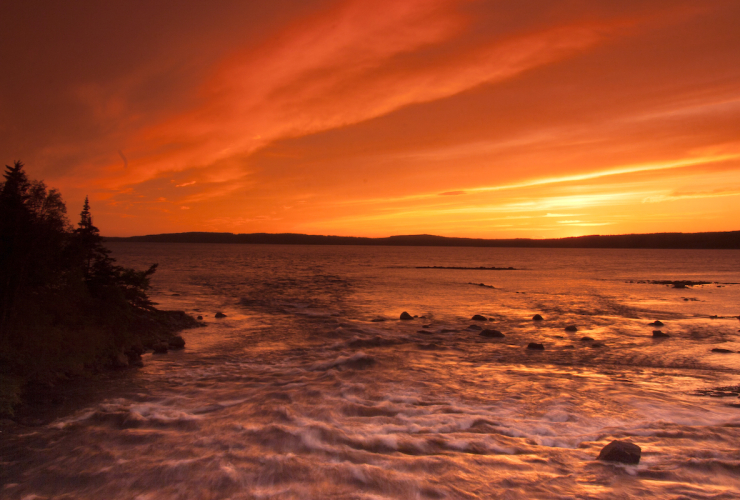This story was originally published by The Guardian and appears here as part of the Climate Desk collaboration.
African penguins are on track for extinction by 2035 if measures are not taken to ensure their survival, campaigners have said.
The population of African penguins has declined dramatically over the past 100 years. In the early 20th century, it is thought that there were probably several million breeding pairs: today, fewer than 11,000 breeding pairs remain, and the population continues to fall sharply.
The penguin is listed as endangered by the International Union for Conservation of Nature on its red list of threatened species. By 2035, on current trends, scientists say there will not be enough breeding pairs for the species to continue to survive in the wild.
Overfishing and environmental changes in the Indian Ocean have caused the populations of fish such as sardines and anchovies to crash, leaving the penguins struggling for food. They are also threatened by disease, storms and flooding and pollution.
African penguins are known for their unusual markings and distinctive braying call. They mostly inhabit islands off the coast of Namibia and South Africa. In 1985, they formed a colony in Boulders Beach, in the suburb of Simon’s Town in Cape Town. The penguins often find their way into the city and can be found nesting in gardens, hiding under cars and waddling alongside Cape Town commuters.
Despite the threats the penguins face, there is hope for their survival. “Gloom is for naysayers and giving up isn’t an option,” said Dr. Judy Mann, executive of strategic projects at the Two Oceans Aquarium Foundation.
“If fisheries, the South African government, oil and shipping companies, scientists, conservationists, international allies and the public work together, we can stop African penguin numbers from declining every year.”





Comments